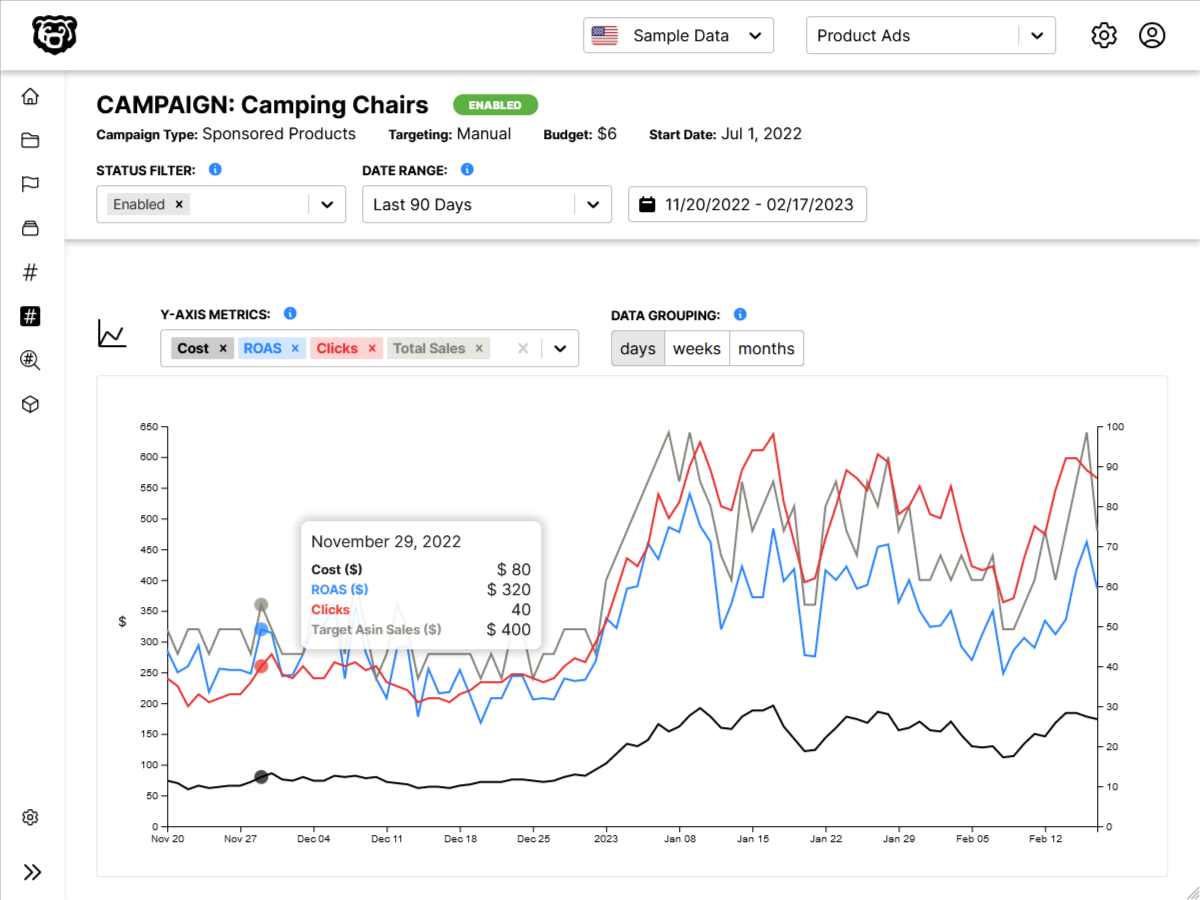SVG Notes
Intro
Just going to cover some SVG basics before we do a deep dive into the D3 data visualization library.
SVG
As of HTML5 SVG's are actually HTML elements. Every shape actually has it's own object in the DOM.
Positioning
Elements are positioned using a co-ordinate system on a grid with the origin in the top left.
One of the main purposes of D3 is to position elements on these co-ordinates based on the data that we feed it.
The grid is commonly referred to as the viewport or canvas.
Drawing Shapes
With HTML
<svg>
<rect width="50" height="200" style="fill: blue" />
</svg>
With D3
d3.select("body")
.append("svg")
.append("rect")
.attr("width", 50)
.attr("height", 200)
.style("fill", "blue")
Both will make a simple blue rectangle. The tricky part is when we need to make a new rectangle for every piece of data, space them appropriately and transform the shape of the svg relative to the data, etc etc. D3 has all kinds of methods to help with this.
SVG Fill
The <svg> element itself cannot be filled, however if you give it a fill all of the shapes inside the svg will default to that color, unless they are given a specific fill themselves.
<svg width="500" height="500" fill="#fe8d6d">
<rect
x="25"
y="25"
width="100"
height="100"
fill="#544336"
stroke="#8bc34a"
stroke-width="6"
></rect>
<circle r="100" cx="250" cy="150">
</svg>
Lines
Now we can add a line to this little collage. Lines require a starting coordinate (x1,y1) and ending coordinate (x2,y2) a stroke and stroke width.
<svg width="500" height="500" fill="purple">
<rect
x="25"
y="25"
width="100"
height="100"
fill="#544336"
stroke="#8bc34a"
stroke-width="6"
></rect>
<circle r="100" cx="250" cy="150"></circle>>
<line x1="50" y1="50" x2="200" y2="200" stroke="blue" stroke-width="10"> </line>
</svg>
Path
The SVG path shape is the most powerful shape, as it can make all other shapes, however it has a sort of linear command system that makes it a bit more complicated than the others. Look at the following.
<svg width="500" height="500">
<path d="M100,100 L300,150" fill="none" stroke="purple" stroke-width="10"></path>
</svg>
The fill and stroke stuff is obvious, but with is up with the d="M100,100 L300,150"?
This is a sort of virtual stylus, the M stands for move (without drawing anything) and the L makes a line. The numbers are coordinates. So it is saying move the stylus to x=100 y=100 then draw a line to x=300 y=150. Then you can just keep chaining commands after that.
Automated Amazon Reports
Automatically download Amazon Seller and Advertising reports to a private database. View beautiful, on demand, exportable performance reports.
